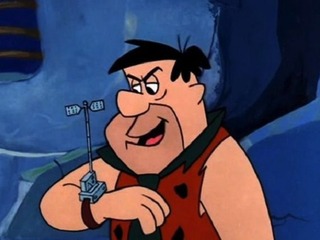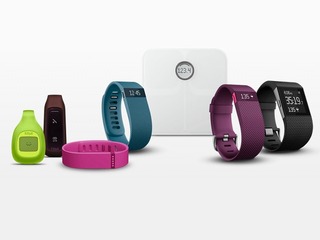
One out of four US adults will own a wearable by next year
The number of people using a wearable is expected to grow by nearly 60% this year and next

Do you own a wearable? If not, it's pretty likely that you will pretty soon.
That is because wearable usage is expected to grow by by nearly 60% this year, according to a new report out from eMarketer on Wednesday.
In 2015, 39.5 million adults in the United States will use at least one wearables, including a smartwatch or a fitness tracker. That will be an increase of 57.7% over the 25. 1 million who used them in 2014. There will also be a significant increase in penetration, 18.7 percent of Internet users in 2015, up from 12.2 percent last year.
And those numbers are going to explode after that. In 2016, there are expected to be 63.7 million wearable users, or nearly 30% of Internet users and 25 percent of all adults in the United States. Though the growth is expected to taper off, by 2018, it will be 36.5 percent, which will include 81.7 million users. By 2019, almost two in five internet users will use wearables, and almost 40 percent of Internet users.
That means that over a third of all U.S. adults will either wear accessories or clothing at least once per month that have Internet-connected electronics and exchange data with a manufacturer.

The report also broke down who will likely buy these devices by both age and gender.
You might expect younger people to see the biggest growth, but that actually is not the case. While 46.5 percent of the 18 to 24 year olds will own wearables by 2019, up from only 11.8 percent this year, that is lower than the next two groups: over half, 51.6 percent, of 25 to 34 year olds will own one, up from 19.1 percent, and 48.7 percent of 35 to 44 year olds will do the same, up from 16.8 percent.
The group with the biggest growth rate are actually those 65 and older, who will go from a mere 3 percent this year to over 20 percent by 2019.
I suspect that the popularity among older generations has something to do with the cost of buying a wearable, since those things cost hundreds of dollars and I suspect any 18 year old who owns one likely got it as a gift from their parents. More on that later.
When it comes to gender breakdown, according to eMarketer, so far wearables have most appealed to women, but the firm expects that to change this year, all thanks to the rise of the smartwatch.
In 2015, 19.3% of male internet users will use a wearable device, compared with 18.2% of female internet users, but that will reverse itself in 2017, when women once again overtake men in terms of number of users, 34.1% to 33.9%.
While these growth rates are impressive, they should probably be even higher, as they were with smartphones and tablets. There are a few factors that have, so far, stood in their way, the biggest one, as I mentioned earlier, being the cost.
Also, eMarketer said, people don't see enough value yet to spend that kind of money, and they won't until these devices get more apps. That will increase market share, and that, in turn, will get advertisers interested. And they will take off from there.
There had already been signs that the wearables market was ready for takeoff, including a report earlier this year that the number of wearables shipped would more than double this year, going up to 45.7 million units, in 2015, up from 19.6 million in 2014.
By 2019, total shipment volumes are forecast to reach 126.1 million units. That means it will have a five-year compound annual growth rate of 45.1%.
There was also the Fitbit IPO, which at a $4.1 billion valuation, was the largest wearables exit so far, beating out GoPro's $3.1 billion IPO and Facebook's $2 billion acquisition of Oculus.
Fitbit is currently trading at $38.52 a share, nearly double its $20 IPO price.
(Image source: yourlife.org.uk)
Related News


Thanks to Apple, wearables are set to explode in 2015

At $4.1B valuation Fitbit is largest wearables exit yet

